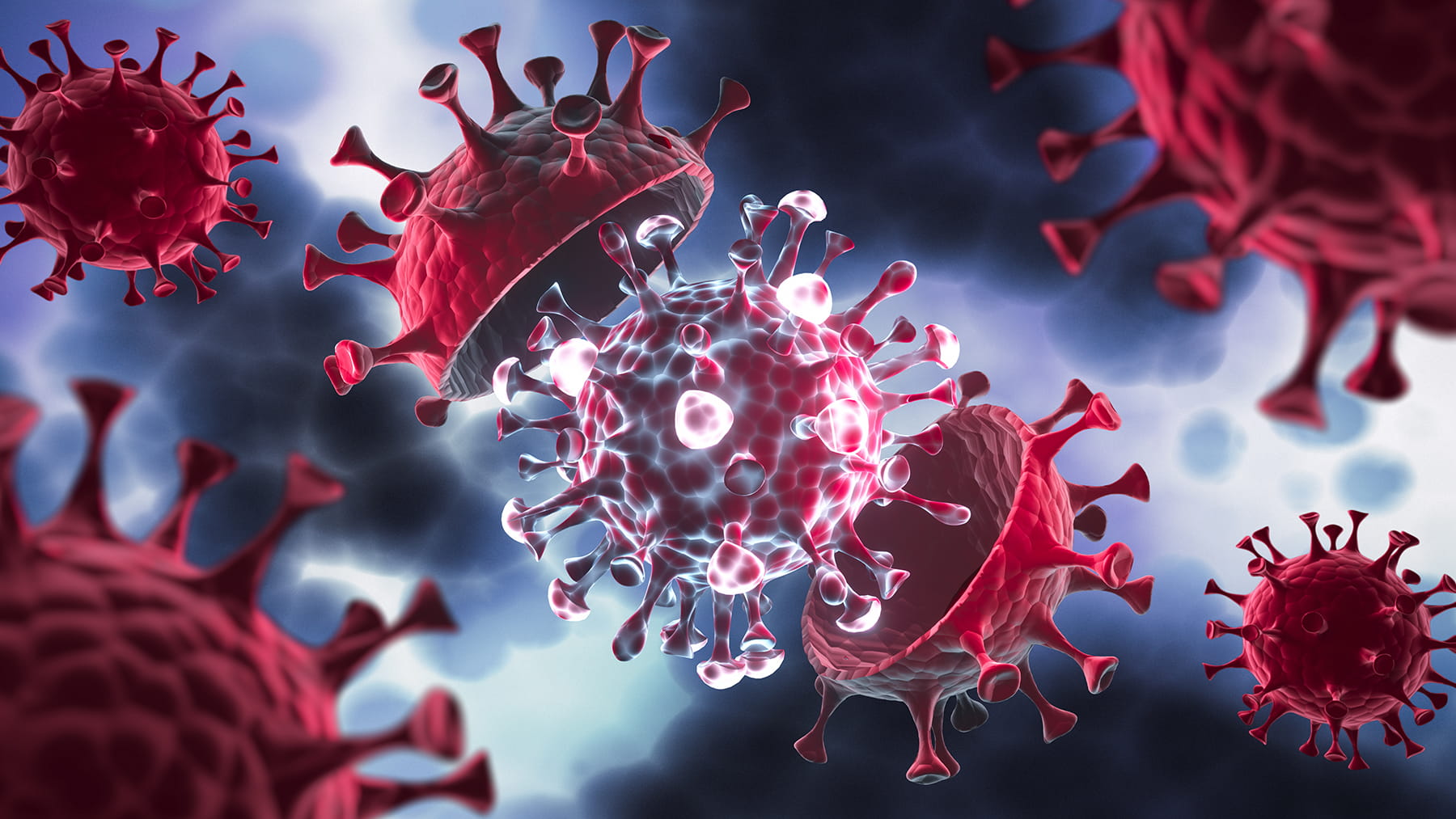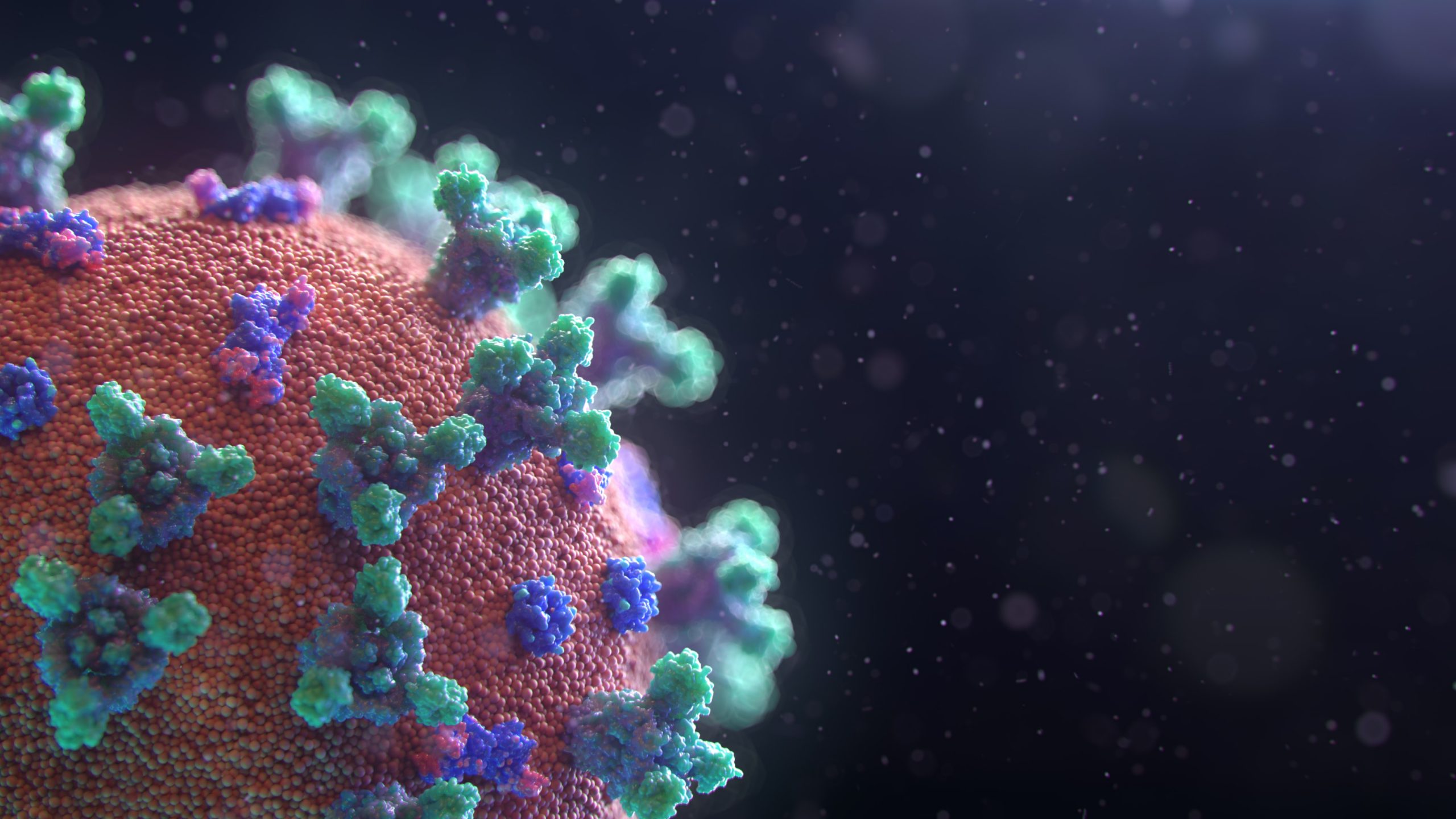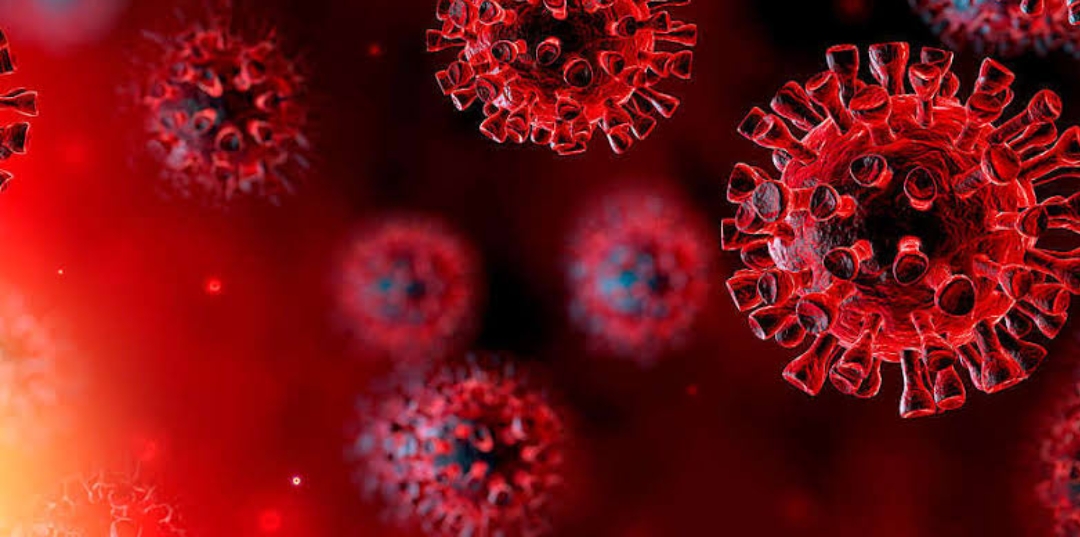
Smell and taste loss are found in patients with symptomatic COVID ‐19
Since December 2019, a virulent disease of coronavirus disease 2019 (COVID-19) resulting from severe acute respiratory syndrome coronavirus (SARS-CoV-2) has spread rapidly from Wuhan, Hubei Province, China, to all around the world. As of April 20, 2020, SARS-CoV-2 has been accountable for 2 414 595 infections and 165 174 deaths worldwide, with Italy accounting for 178 972 instances and 23 660 deaths. The medical spectrum of COVID-19 levels from an asymptomatic or mild flu-like illness to severe pneumonia and systemic disease requiring critical care. The symptomatic COVID ‐19 patient has a fever, dry or productive cough, and dyspnea.
Human strains of coronavirus had been demonstrated to invade the significant nervous system through the olfactory neuroepithelium and propagate from in the olfactory bulb. Furthermore, nasal epithelial cells show the highest expression of the SARS-CoV-2 receptor, an angiotensin-converting enzyme, in the respiratory tree. Smell impairment was first observed among other neurologic manifestations of COVID-19 in hospitalized patients and subsequently has been suggested to be a common symptom reported in patients with mild disease.
Recently, it was reported the prevalence of altered scent or flavor to be 64% among a case series of 202 mildly symptomatic home-isolated patients with confirmed SARS-CoV-2 infection. The lack of smell or taste is many of the most common and persistent symptoms of COVID-19 in patients with mildly symptomatic COVID ‐19. However, at four weeks from the onset, maximum sufferers suggested a whole resolution or development of these symptoms. Ongoing disturbance in smell and taste became not predictive of persistent SARS-CoV-2 infection.
Photo by Anna Shvets from Pexels



















